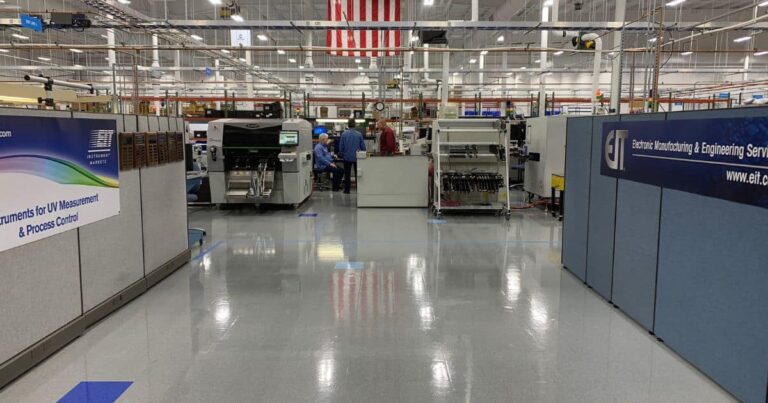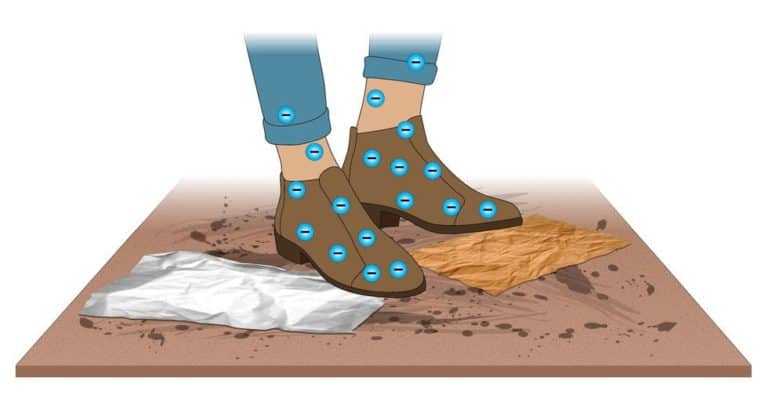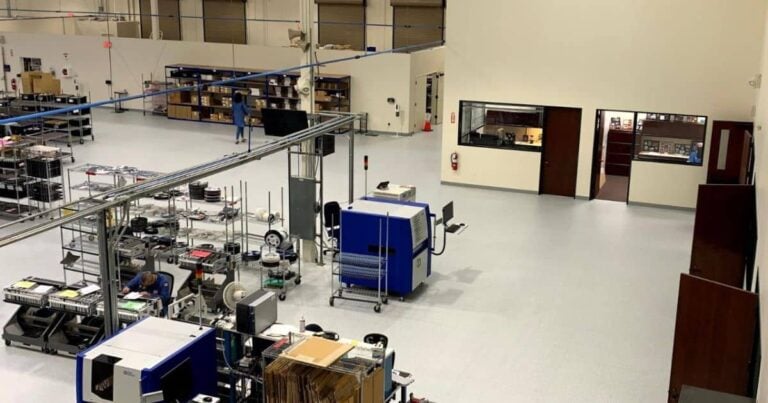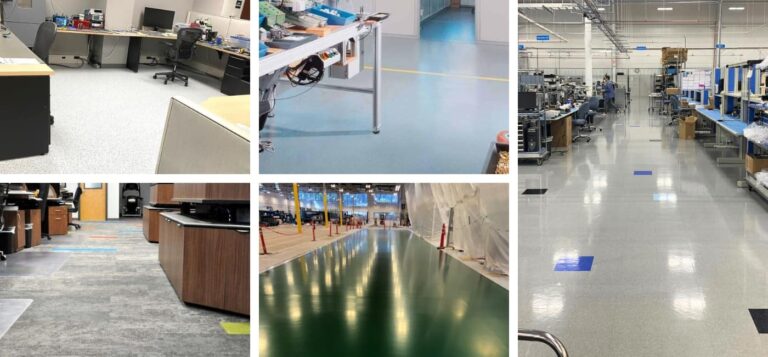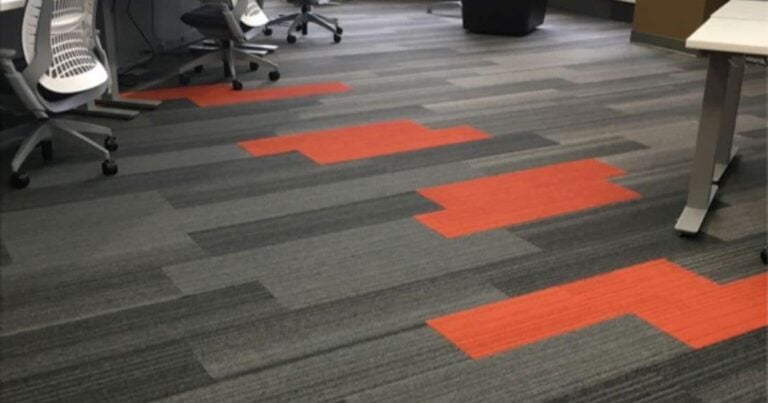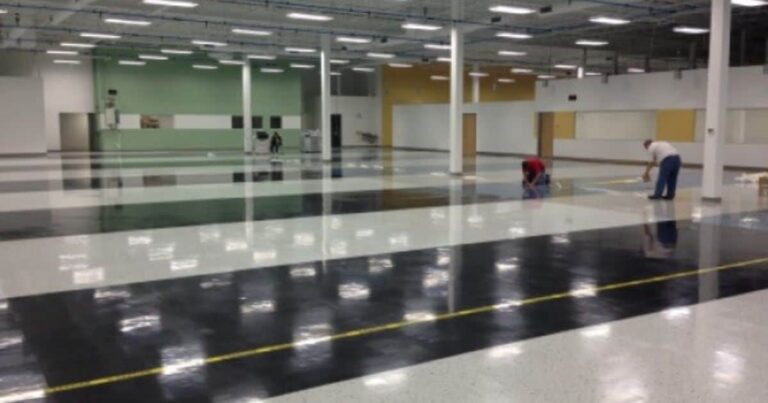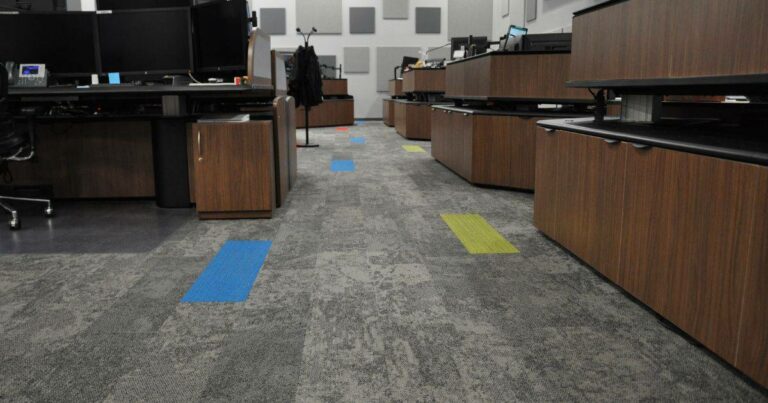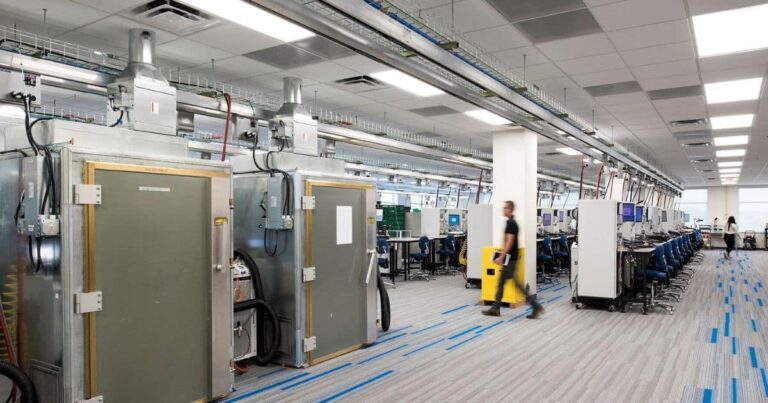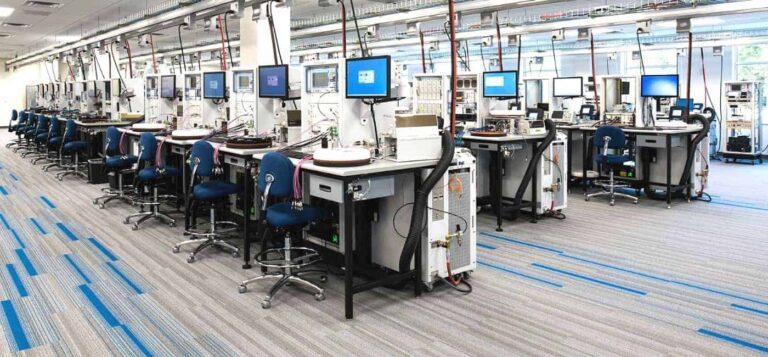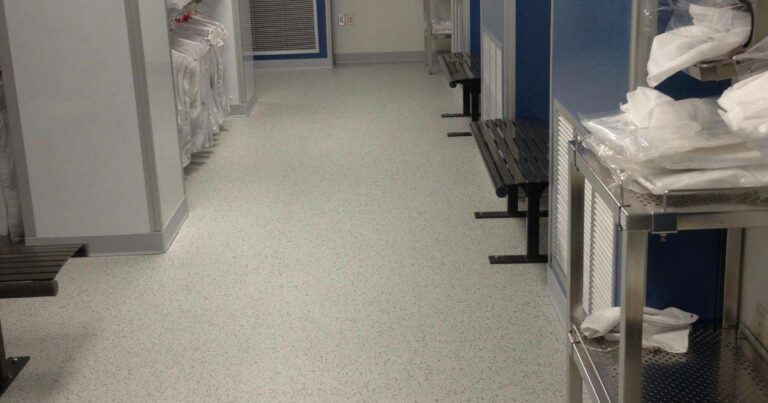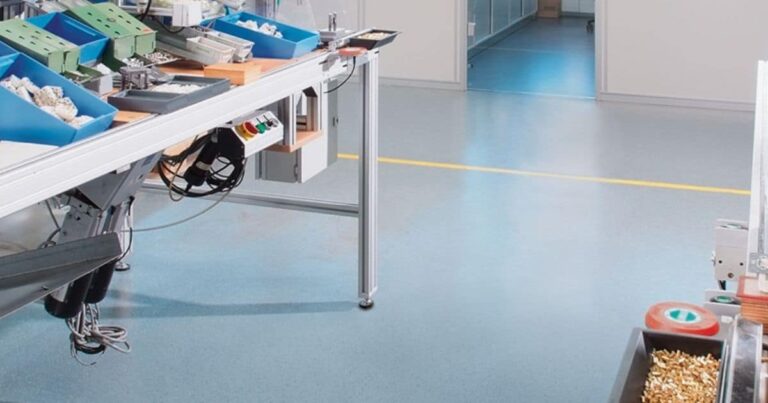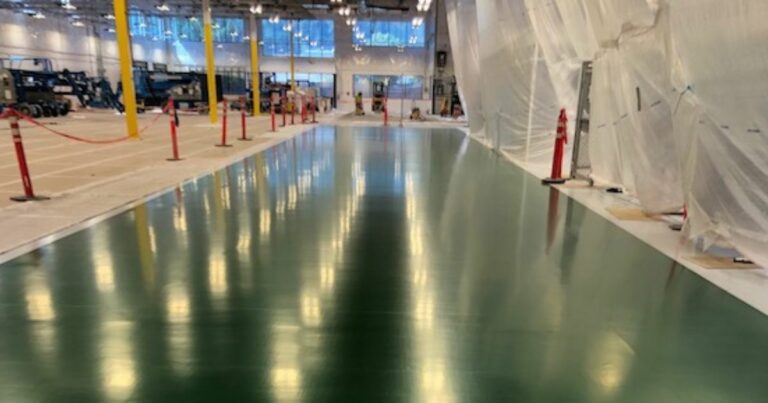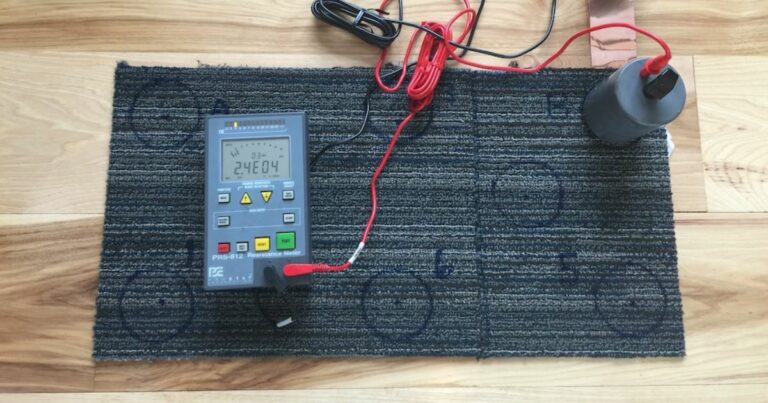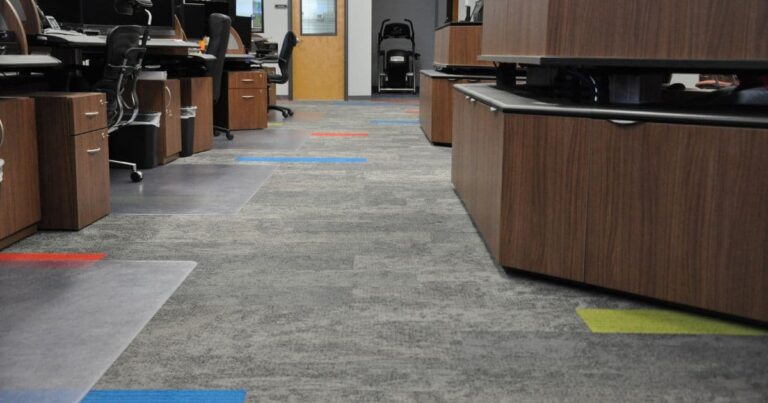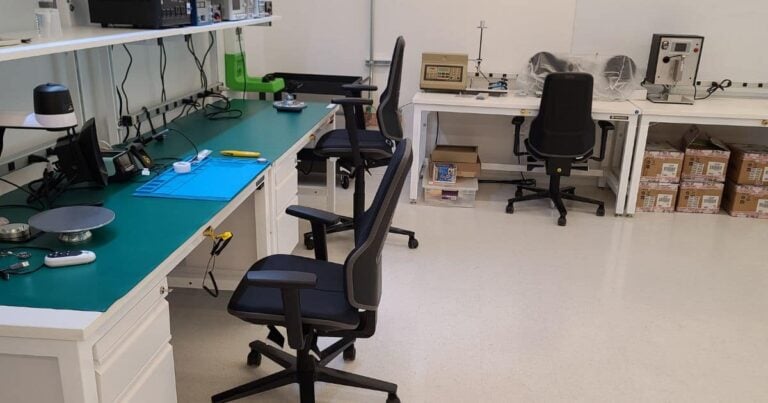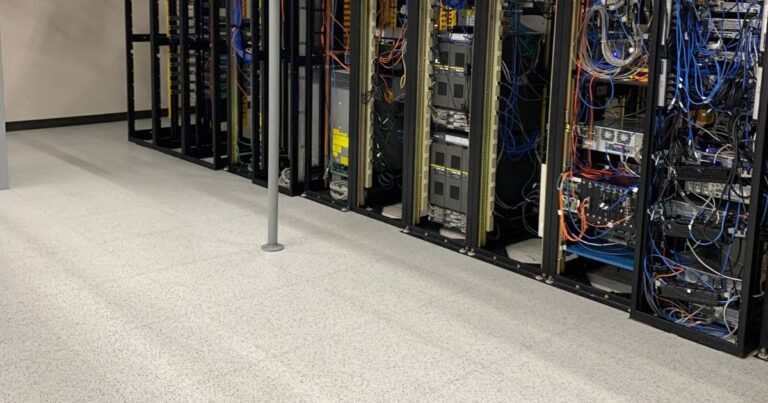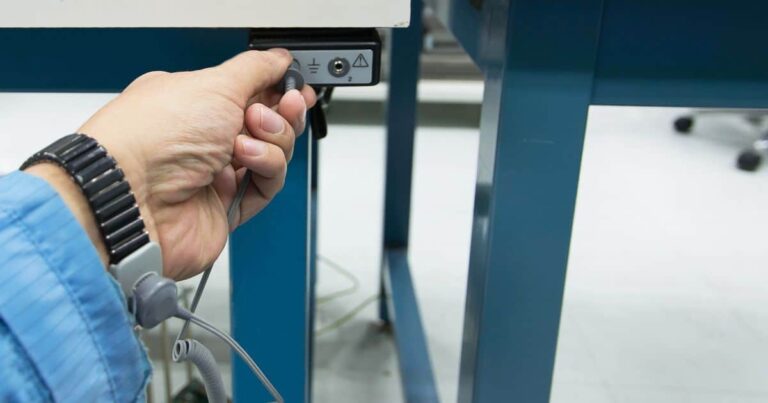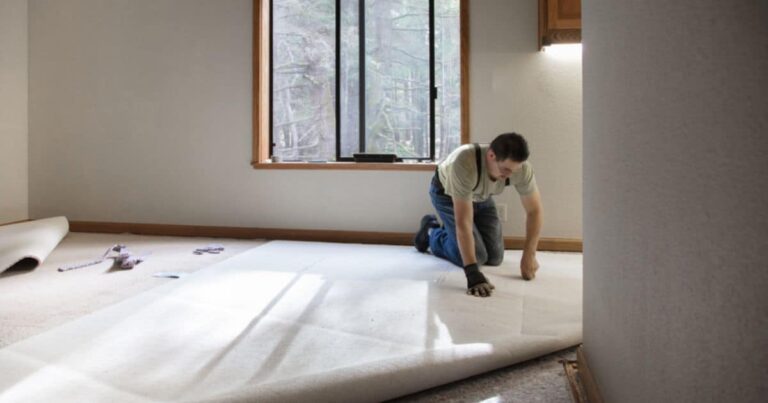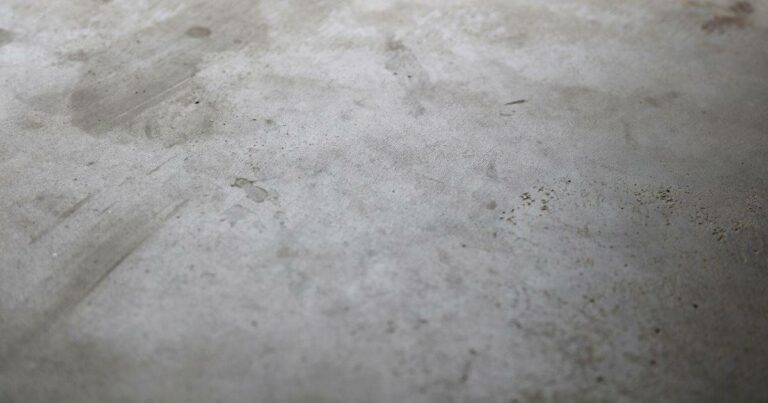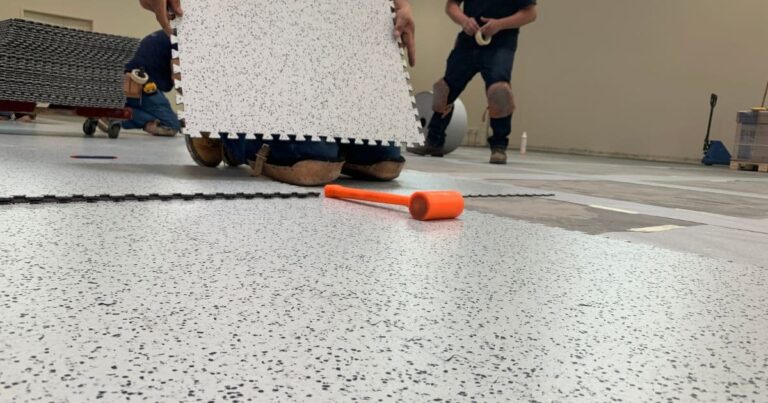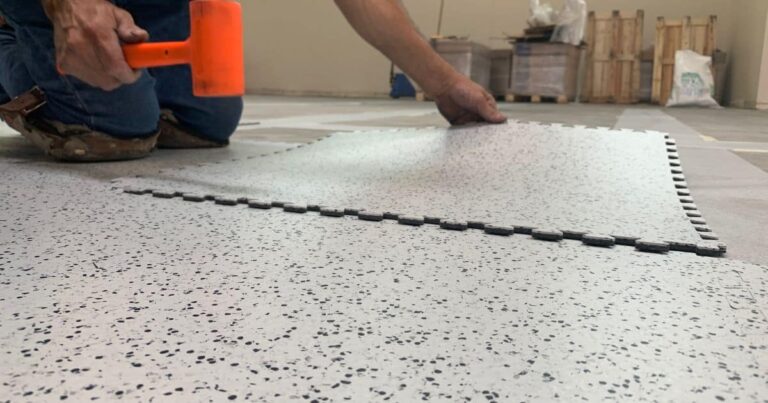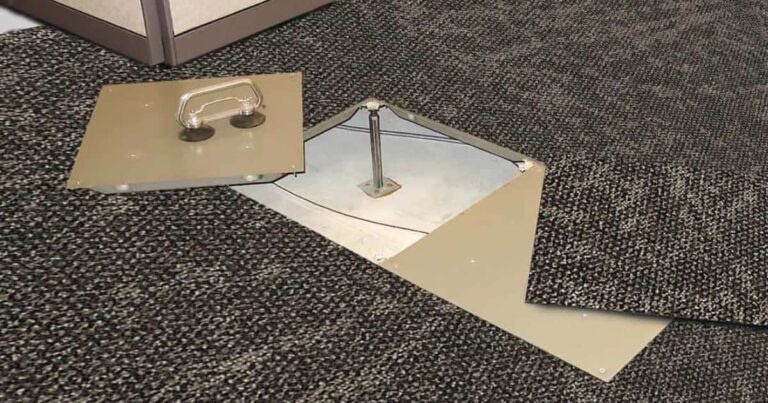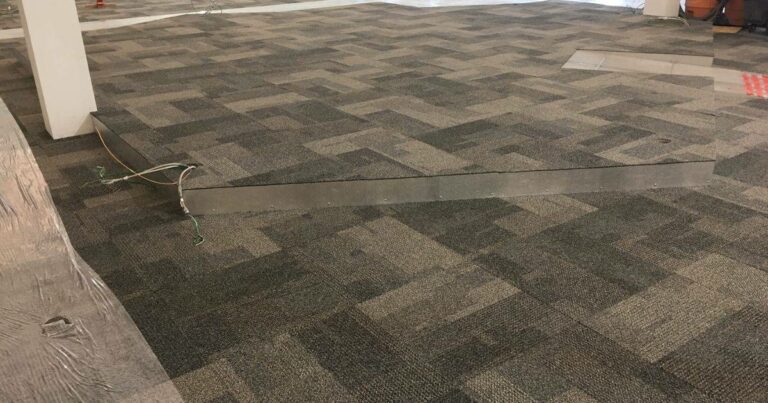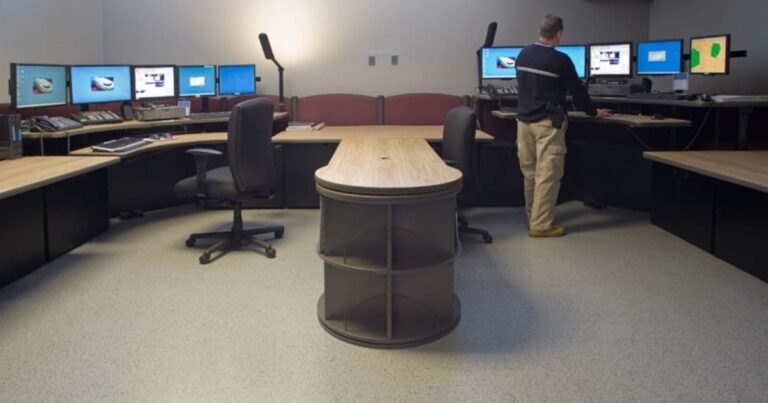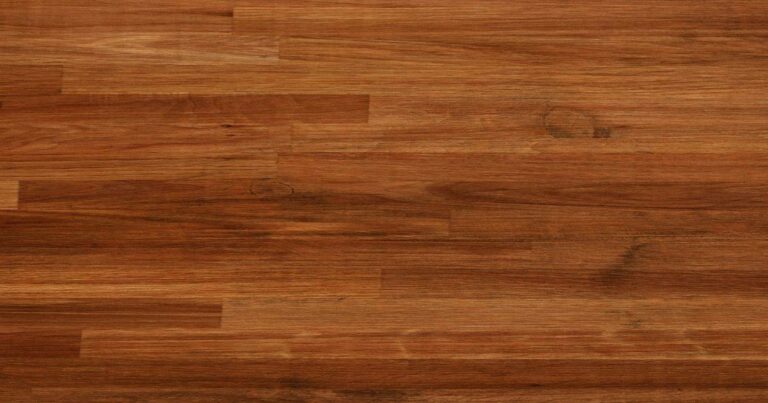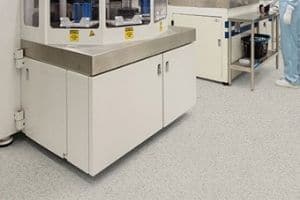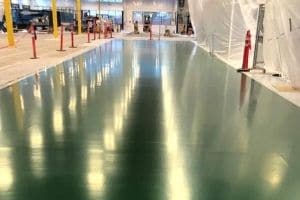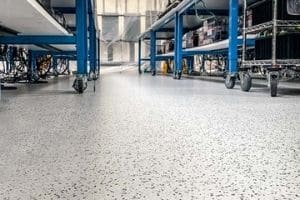FAQ: Can new ESD floors be installed over old?
This is a question that should be answered only by a qualified flooring professional, based on either a site inspection or a lengthy conversation. Almost any floor can be installed over an old floor as long as the old floor is in good condition and well-bonded to the subfloor.
Some floors are easier and less risky to install over old floors. Vinyl, for example, can be installed over existing vinyl. Besides being easier and less messy than removing old tile, if the existing floor contains asbestos, tiling over it protects installers from exposure to toxic vapor inhalation during removal of the old tile.
On the other hand, vinyl is stiff and unforgiving—it could delaminate if the adhesive does not cure well or if the surface is slightly uneven. The possibility of failure is much greater installing vinyl over vinyl than if ESD carpet tile were installed over old vinyl. Carpet tiles are flexible and the release-adhesive bonds extremely well to old vinyl and epoxy. In many cases, carpet tiles can even be installed using glue-free methods like GroundBridge.
Many installers prefer installing carpet tiles over old vinyl rather than over new concrete, because concrete presents a host of variables—such as curing and moisture mitigation—that cost time and money. As often as not, the choice of installing over old floors comes down to concerns about downtime, removal cost, and subsequent damage, asbestos or other environmental factors or budget considerations.
More FAQs
Learning Center Articles
- ESD Basics
- Installation & Maintenance
- Selecting & Specifying an ESD Floor
- Technical Information
- 7 Common Mistakes Selecting an ESD floor
- A Guide to ESD Flooring Selection
- Avoid Costly Failures: What You Need to Know When Specifying ESD Flooring
- Choosing ESD Flooring for:
- ESD Footwear: What Is It and When Is It Necessary?
- ESD Footwear for Electronics Manufacturing and Handling Applications
- Facility Managers’ Guide to Selecting ESD Flooring
- The Need for Due Diligence in Specifying Static-Free Flooring
- Standard of Care for Specifying Floors in Mission-Critical Spaces
- Understanding the Hidden Costs of ESD Flooring
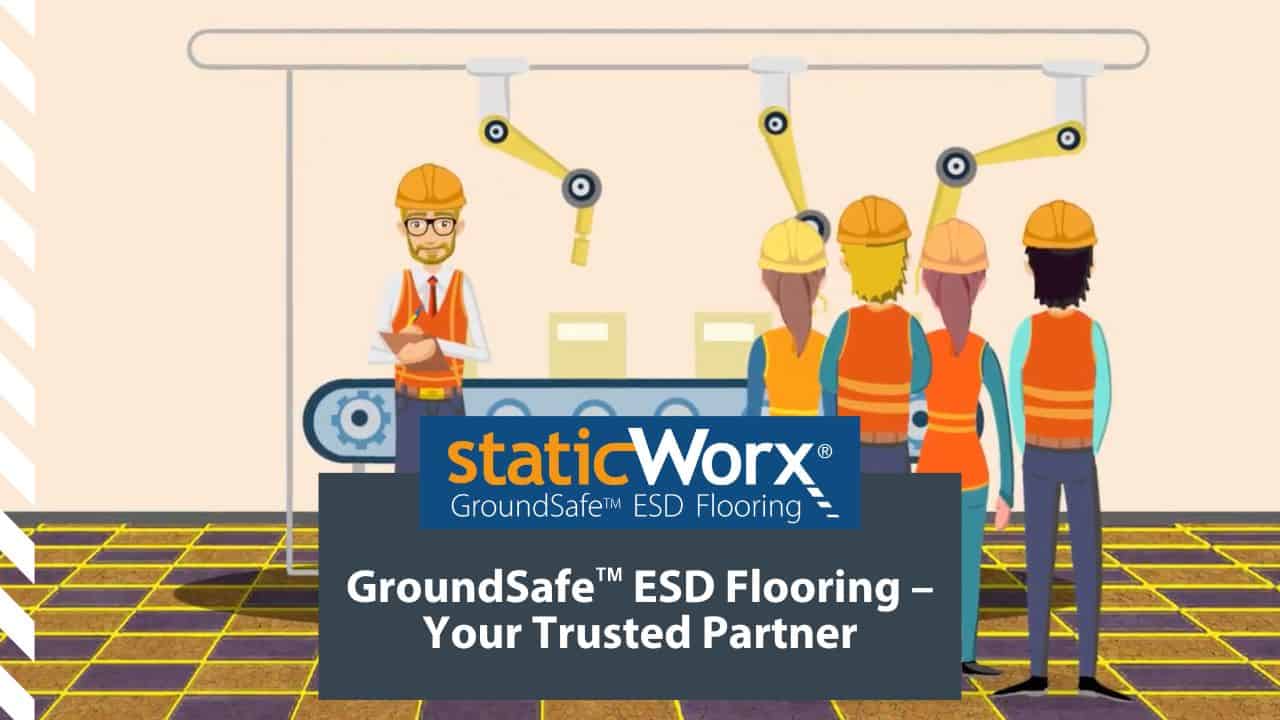
StaticWorx high-performance static-control floors protect electronic components, explosives, and high-speed computers from damage caused by static electricity. ESD flooring is part of a system. Choices should always be based on objective, researched evidence. When you partner with us, we look at all possible items that may need to integrate with the floor, and, focusing on your goals and objectives, help you find the right floor for your application.





